-
 Bitcoin
Bitcoin $116700
2.16% -
 Ethereum
Ethereum $3830
5.76% -
 XRP
XRP $3.082
4.56% -
 Tether USDt
Tether USDt $1.000
0.04% -
 BNB
BNB $777.8
1.96% -
 Solana
Solana $173.2
5.46% -
 USDC
USDC $0.0000
0.02% -
 Dogecoin
Dogecoin $0.2146
6.85% -
 TRON
TRON $0.3384
0.92% -
 Cardano
Cardano $0.7676
5.51% -
 Hyperliquid
Hyperliquid $39.28
4.90% -
 Sui
Sui $3.723
9.07% -
 Stellar
Stellar $0.4164
6.32% -
 Chainlink
Chainlink $17.36
5.78% -
 Bitcoin Cash
Bitcoin Cash $580.9
3.62% -
 Hedera
Hedera $0.2544
5.50% -
 Ethena USDe
Ethena USDe $1.001
0.02% -
 Avalanche
Avalanche $22.81
3.81% -
 Litecoin
Litecoin $120.8
3.60% -
 UNUS SED LEO
UNUS SED LEO $8.956
-0.35% -
 Toncoin
Toncoin $3.311
4.28% -
 Shiba Inu
Shiba Inu $0.00001266
4.15% -
 Uniswap
Uniswap $10.10
5.97% -
 Polkadot
Polkadot $3.786
4.80% -
 Dai
Dai $1.000
0.01% -
 Monero
Monero $280.4
-4.02% -
 Bitget Token
Bitget Token $4.405
1.69% -
 Cronos
Cronos $0.1480
5.13% -
 Pepe
Pepe $0.00001087
5.67% -
 Ethena
Ethena $0.6348
11.62%
How does MetaMask switch networks? What are the steps to add a custom RPC?
Switching networks and adding custom RPCs in MetaMask is crucial for interacting with various blockchains and dApps, enhancing your crypto experience.
May 02, 2025 at 03:35 am
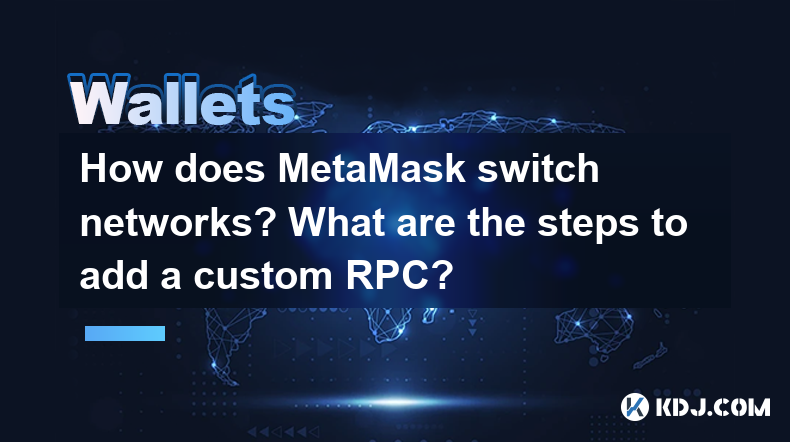
Switching networks and adding custom RPCs in MetaMask are essential skills for users who want to interact with different blockchains and decentralized applications (dApps). This article will guide you through the process of switching networks and adding custom RPCs in MetaMask, ensuring you can navigate the cryptocurrency ecosystem with ease.
Understanding MetaMask Networks
MetaMask is a popular cryptocurrency wallet that allows users to manage their Ethereum and other blockchain-based assets. It supports multiple networks, including the Ethereum mainnet, testnets like Goerli and Sepolia, and various layer 2 solutions like Polygon and Arbitrum. Switching between these networks is crucial for accessing different dApps and testing applications on testnets.
Steps to Switch Networks in MetaMask
To switch networks in MetaMask, follow these steps:
- Open MetaMask: Launch the MetaMask extension or mobile app.
- Access Network Settings: Click on the network dropdown menu at the top of the interface. It usually displays the current network, such as "Ethereum Mainnet."
- Select a Network: From the dropdown list, choose the network you want to switch to. Common options include Ethereum Mainnet, Goerli Testnet, Sepolia Testnet, and Polygon.
- Confirm Switch: Once you select a network, MetaMask will automatically switch to it. You can now interact with dApps and assets on the new network.
Adding a Custom RPC in MetaMask
Adding a custom RPC (Remote Procedure Call) allows you to connect to networks that are not listed by default in MetaMask. This is useful for accessing new blockchains or testnets. Here's how to add a custom RPC:
- Open MetaMask: Start by opening the MetaMask extension or mobile app.
- Access Network Settings: Click on the network dropdown menu at the top of the interface.
- Add Network: Scroll down and click on "Add Network" or "Custom RPC."
- Enter Network Details: Fill in the required fields with the following information:
- Network Name: Enter a name for the network (e.g., "My Custom Network").
- New RPC URL: Provide the RPC URL for the network (e.g., "https://rpc.example.com").
- Chain ID: Enter the chain ID for the network (e.g., "12345").
- Currency Symbol: Specify the currency symbol used by the network (e.g., "CUST").
- Block Explorer URL: Optionally, enter the URL for the network's block explorer (e.g., "https://explorer.example.com").
- Save Network: After entering all the details, click "Save" or "Add" to add the custom RPC to MetaMask.
- Switch to Custom Network: The custom network will now appear in the network dropdown menu. Select it to switch to the new network.
Verifying the Custom RPC
After adding a custom RPC, it's important to verify that it's working correctly. Here's how to do it:
- Check Network Status: Ensure that the network status in MetaMask shows as "Connected" or "Synced."
- Test a Transaction: Send a small transaction to test the network's functionality. You can use a faucet to obtain test tokens if you're on a testnet.
- Verify Block Explorer: If you added a block explorer URL, visit it to confirm that it's working and displaying the correct network data.
Troubleshooting Common Issues
Sometimes, users may encounter issues when switching networks or adding custom RPCs. Here are some common problems and their solutions:
- Network Not Appearing: If the network doesn't appear in the dropdown menu after adding it, try refreshing the page or restarting MetaMask.
- Connection Errors: If you receive connection errors, double-check the RPC URL and ensure it's correct. You can also try using a different RPC URL for the same network.
- Transaction Failures: If transactions fail on the new network, verify that you have the correct gas settings and sufficient funds in your wallet.
Security Considerations
When adding custom RPCs, it's crucial to consider security. Here are some tips to stay safe:
- Verify RPC Sources: Only use RPC URLs from trusted sources. Be cautious of phishing attempts that may provide malicious RPC URLs.
- Use Strong Passwords: Ensure your MetaMask wallet is protected with a strong password and consider enabling two-factor authentication.
- Monitor Transactions: Regularly check your transaction history to detect any unauthorized activity.
Frequently Asked Questions
Q: Can I switch between networks on the MetaMask mobile app?
A: Yes, you can switch between networks on the MetaMask mobile app. The process is similar to the desktop version. Open the app, tap on the network dropdown at the top, and select the desired network.
Q: What should I do if I accidentally add a wrong custom RPC?
A: If you add a wrong custom RPC, you can remove it by going to the network settings, selecting the incorrect network, and clicking "Delete" or "Remove." Be cautious not to delete networks you need.
Q: Are there any fees associated with switching networks in MetaMask?
A: Switching networks in MetaMask itself does not incur any fees. However, interacting with dApps or sending transactions on different networks may involve gas fees specific to those networks.
Q: Can I add multiple custom RPCs for the same network?
A: Yes, you can add multiple custom RPCs for the same network. This can be useful for redundancy or if you want to switch between different RPC providers for the same network. Simply follow the steps to add a custom RPC for each provider.
Disclaimer:info@kdj.com
The information provided is not trading advice. kdj.com does not assume any responsibility for any investments made based on the information provided in this article. Cryptocurrencies are highly volatile and it is highly recommended that you invest with caution after thorough research!
If you believe that the content used on this website infringes your copyright, please contact us immediately (info@kdj.com) and we will delete it promptly.
- Ollama Turbo & GPT-OSS: Revolutionizing AI Model Accessibility and Speed
- 2025-08-07 20:29:33
- Bitcoin Ordinals: NFTs Evolving Bitcoin or a Fleeting Fad?
- 2025-08-07 20:29:33
- BlockchainFX, Bitcoin Swift, Crypto Presales: What's the Hype?
- 2025-08-07 19:10:13
- Pepe Dollar (PEPD) vs. SPX6900: The Meme Coin Battle of 2025
- 2025-08-07 19:50:12
- XRP Investment Regret: Are You Missing Out on the Next Big Thing?
- 2025-08-07 19:50:12
- XRPINU: More Than Just a Meme? Roadmap, Liquidity, and the Future of Funny Money
- 2025-08-07 19:56:46
Related knowledge
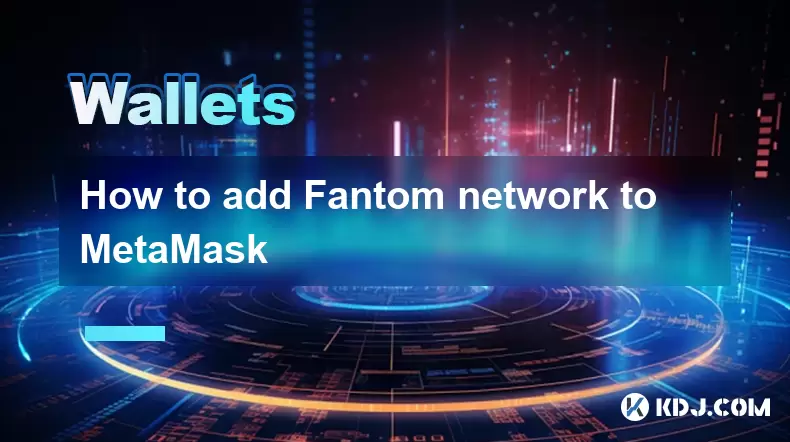
How to add Fantom network to MetaMask
Aug 07,2025 at 08:21am
Understanding the Fantom Network and MetaMask IntegrationThe Fantom network is a high-performance, scalable, and secure blockchain platform designed f...

How to update the firmware on your Trezor wallet
Aug 07,2025 at 05:00pm
Understanding the Role of Staking in Cryptocurrency EcosystemsStaking has become a fundamental component of many blockchain networks that operate unde...
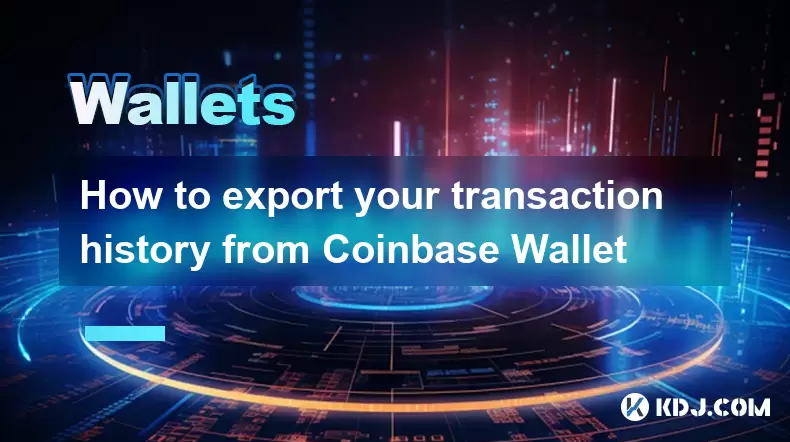
How to export your transaction history from Coinbase Wallet
Aug 07,2025 at 06:50am
Understanding Coinbase Wallet and Transaction HistoryCoinbase Wallet is a self-custodial cryptocurrency wallet that allows users to store, manage, and...
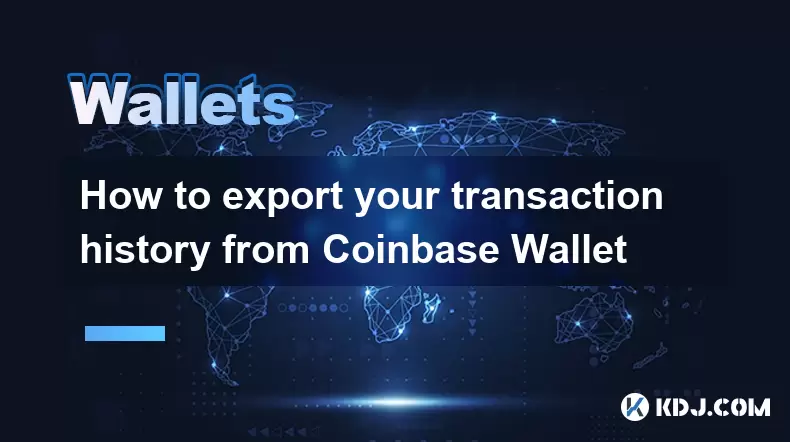
How to export your transaction history from Coinbase Wallet
Aug 07,2025 at 08:49am
Understanding Coinbase Wallet and Transaction HistoryCoinbase Wallet is a self-custodial cryptocurrency wallet that allows users to store, manage, and...
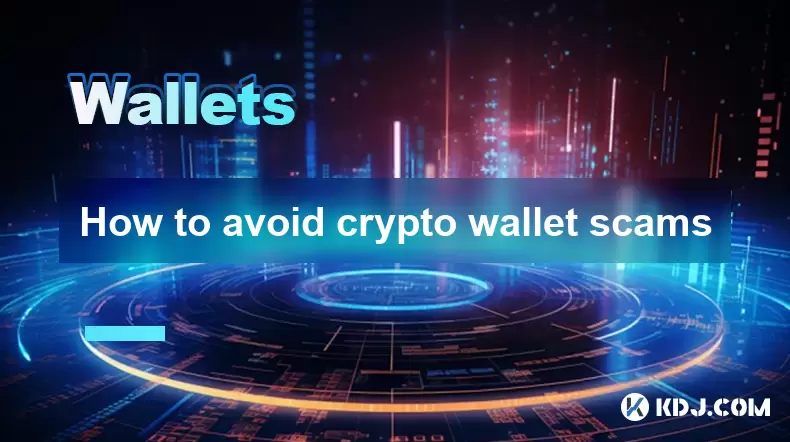
How to avoid crypto wallet scams
Aug 07,2025 at 02:21pm
Understanding Common Types of Crypto Wallet ScamsCrypto wallet scams come in various forms, each designed to exploit user trust, technical ignorance, ...

How to set up a new Ledger Nano S Plus
Aug 07,2025 at 06:01am
Unboxing and Initial InspectionWhen you receive your Ledger Nano S Plus, begin by carefully unboxing the package. Inside, you should find the Ledger N...

How to add Fantom network to MetaMask
Aug 07,2025 at 08:21am
Understanding the Fantom Network and MetaMask IntegrationThe Fantom network is a high-performance, scalable, and secure blockchain platform designed f...

How to update the firmware on your Trezor wallet
Aug 07,2025 at 05:00pm
Understanding the Role of Staking in Cryptocurrency EcosystemsStaking has become a fundamental component of many blockchain networks that operate unde...

How to export your transaction history from Coinbase Wallet
Aug 07,2025 at 06:50am
Understanding Coinbase Wallet and Transaction HistoryCoinbase Wallet is a self-custodial cryptocurrency wallet that allows users to store, manage, and...

How to export your transaction history from Coinbase Wallet
Aug 07,2025 at 08:49am
Understanding Coinbase Wallet and Transaction HistoryCoinbase Wallet is a self-custodial cryptocurrency wallet that allows users to store, manage, and...

How to avoid crypto wallet scams
Aug 07,2025 at 02:21pm
Understanding Common Types of Crypto Wallet ScamsCrypto wallet scams come in various forms, each designed to exploit user trust, technical ignorance, ...

How to set up a new Ledger Nano S Plus
Aug 07,2025 at 06:01am
Unboxing and Initial InspectionWhen you receive your Ledger Nano S Plus, begin by carefully unboxing the package. Inside, you should find the Ledger N...
See all articles

























































































